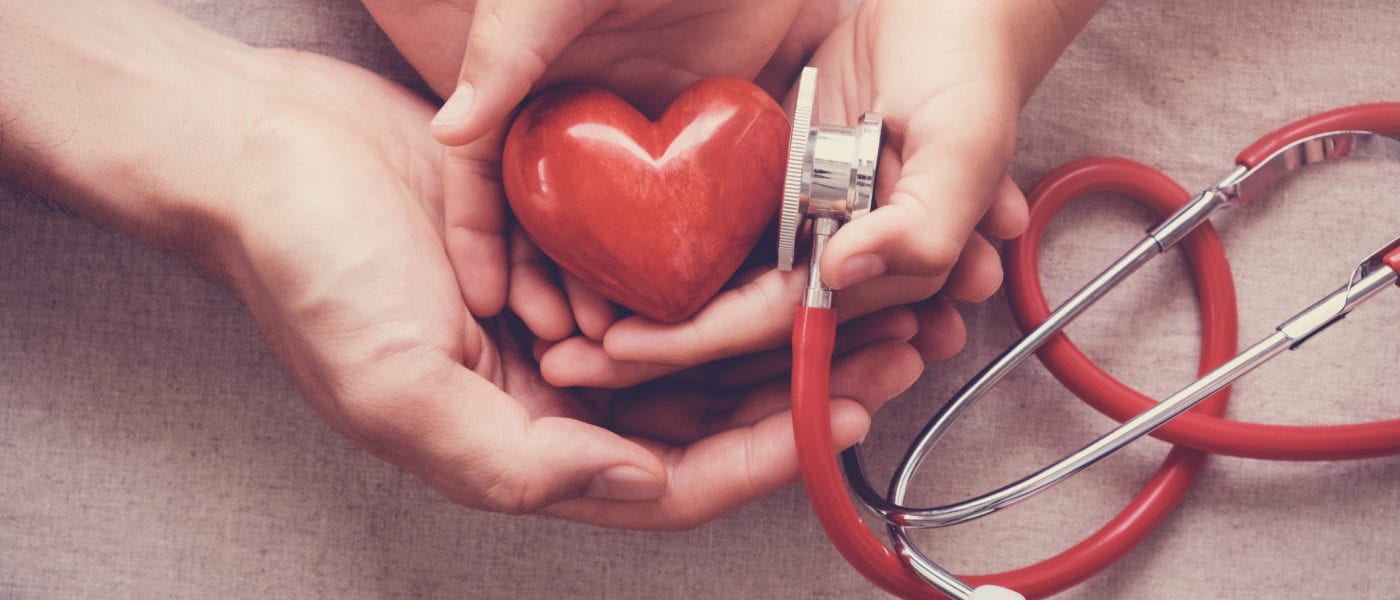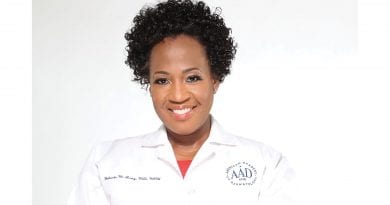Breast Cancer in Men is Rare, but More Deadly
Not Just a Women’s Disease
If you are a man, you are not exempt from developing breast cancer.
This year, an estimated 2,670 men in the U.S. will be diagnosed with breast cancer, and 500 will die from the disease, according to the American Society of Clinical Oncology (ASCO).
Male breast cancer is relatively rare, with fewer than 1% of all breast cancers developing in men. Black men have the highest incidence rates at 2.7 out of every 10,000 men, followed by white men with 1.9 diagnoses out of every 100,000 men.
“I have only seen eight cases of male breast cancer in the past 20 years,” said breast-cancer surgeon Dr. Elizabeth Brady of the Baystate Breast and Wellness Center.
October is National Breast Cancer Awareness Month and an opportunity to raise awareness about the importance of finding breast cancer early, when it is most treatable.

“Unfortunately, there is a lack of awareness among men, and as a result, they tend to ignore any breast lumps.”
“I believe we have done a good job over the years in getting the word out to women about breast cancer and the importance of screening mammography. But, for men, not so much,” Brady said.
“While the chances are slim, men still need to know that developing breast cancer in their lifetime is a possibility. Unfortunately, there is a lack of awareness among men, and as a result, they tend to ignore any breast lumps. When they do finally decide to visit their doctor, often it’s when the tumor has grown significantly, and that is why men have a higher mortality rate,” she added.
Early detection is key, noted Brady, who, along with the American Cancer Society, offers the following symptoms of breast cancer men should be aware of:
• A lump or swelling, which is often (but not always) painless;
• Skin dimpling or puckering;
• Nipple retraction (turning inward);
• Redness or scaling of the nipple or breast skin; and
• Discharge from the nipple.
The standard of care for treatment of men with breast cancer remains mastectomy with lymph-node evaluation through sentinel lymph-node biopsy (checking two or three lymph nodes under the arm). Men may still benefit from chemotherapy or hormonal therapy, depending on the characteristics of their specific breast cancer.
Overall, the five-year survival rate for men with breast cancer is 84%. However, for men diagnosed with stage 1 breast cancer, the five-year survival rate is 100%.
Factors that can raise a man’s risk for developing breast cancer include:
• Age: most men are diagnosed with breast cancer in their 60s;
• Family history of breast disease: one out of five men who develop breast cancer has a family history of the disease;
• Inherited gene mutations: men with a mutation in the BRCA2 gene;
• Elevated levels of estrogen associated with liver disease, low doses of estrogen-related drugs, and the rare genetic disease known as Klinefelter’s syndrome; and
• Testicular conditions.
“A percentage of men with breast cancer have inherited a gene mutation that causes the breast cancer, and this gene mutation can be passed on to his children,” Brady said. “Most breast cancers are not caused by this gene mutation, and researchers continue to work on establishing cause and effect so we can avoid risk factors and prevent the disease.”
Similar to all cancers, leading a healthy lifestyle may be the key to prevention, such as maintaining an ideal body weight, eating healthy, restricting alcohol consumption, and exercising regularly.



